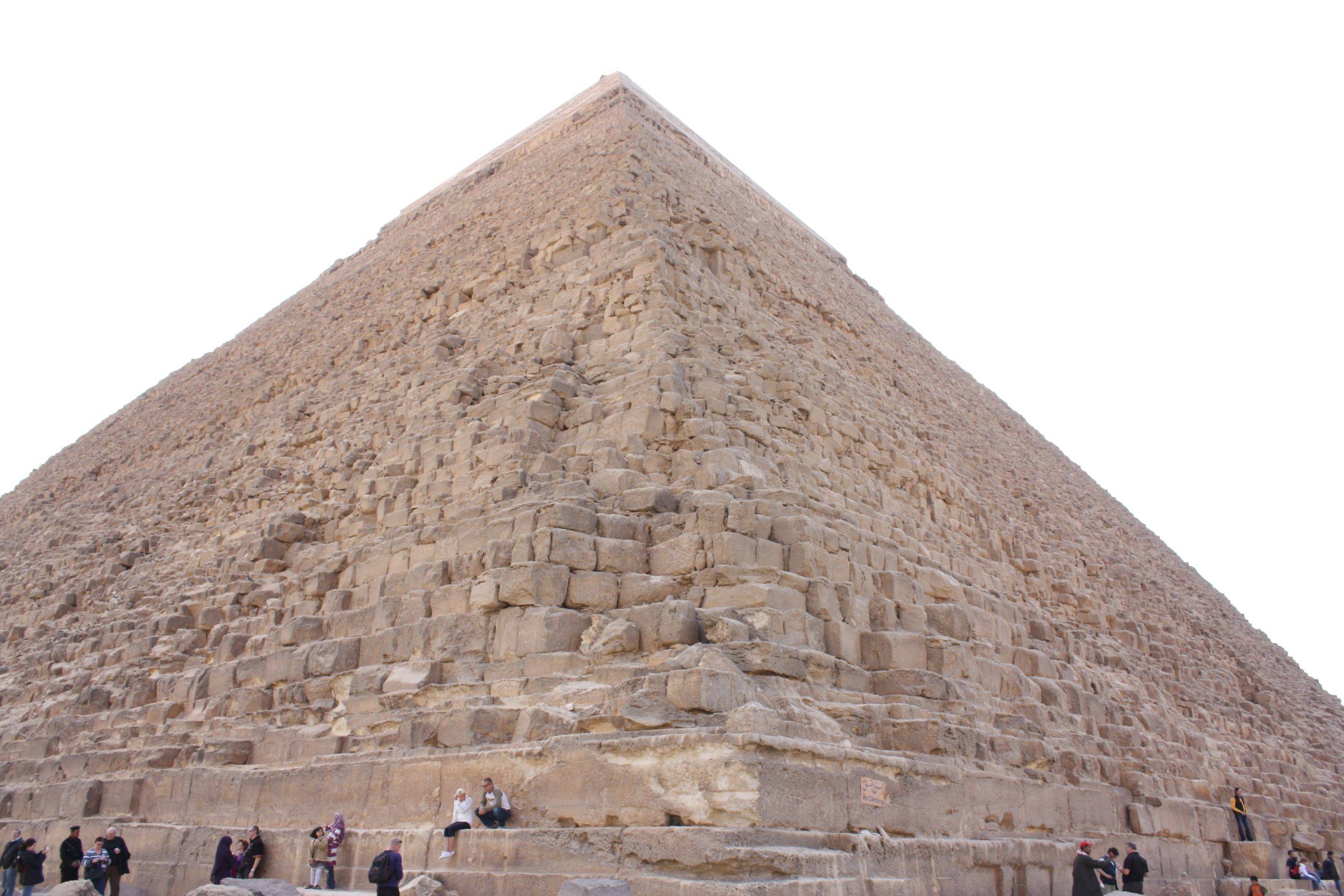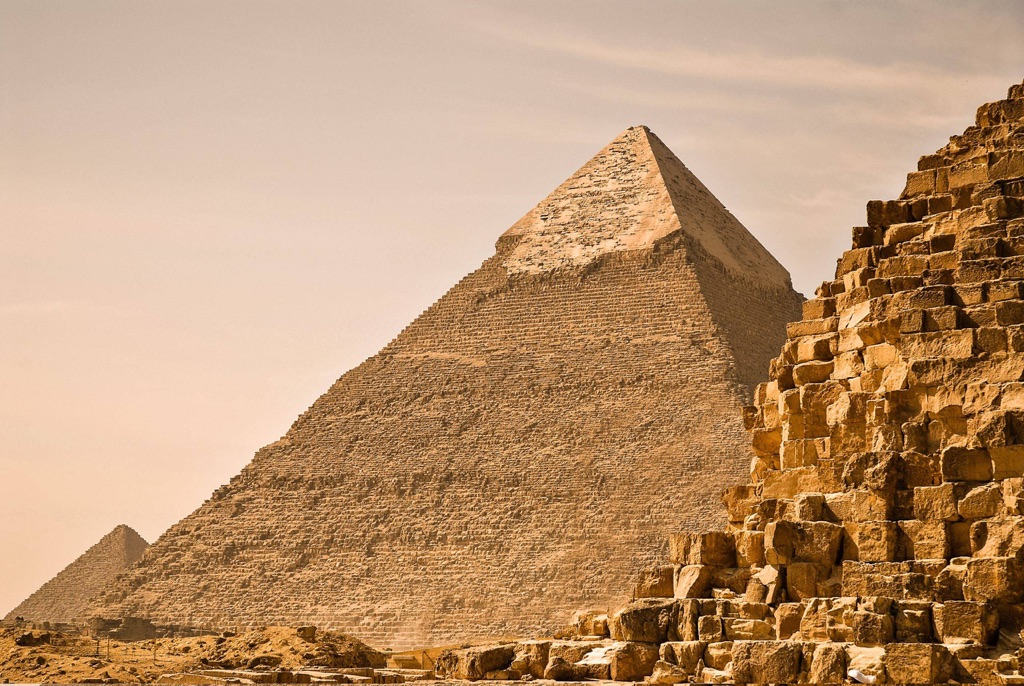Standing tall and majestic on the Giza Plateau, the Pyramid of Khafre is a testament to the architectural prowess of the ancient Egyptians. This monumental structure, the second largest of the Giza pyramids, is located in Egypt, near modern-day Cairo. Its grandeur and mystery have captivated historians, archaeologists, and tourists alike for centuries.
Get your dose of History via Email
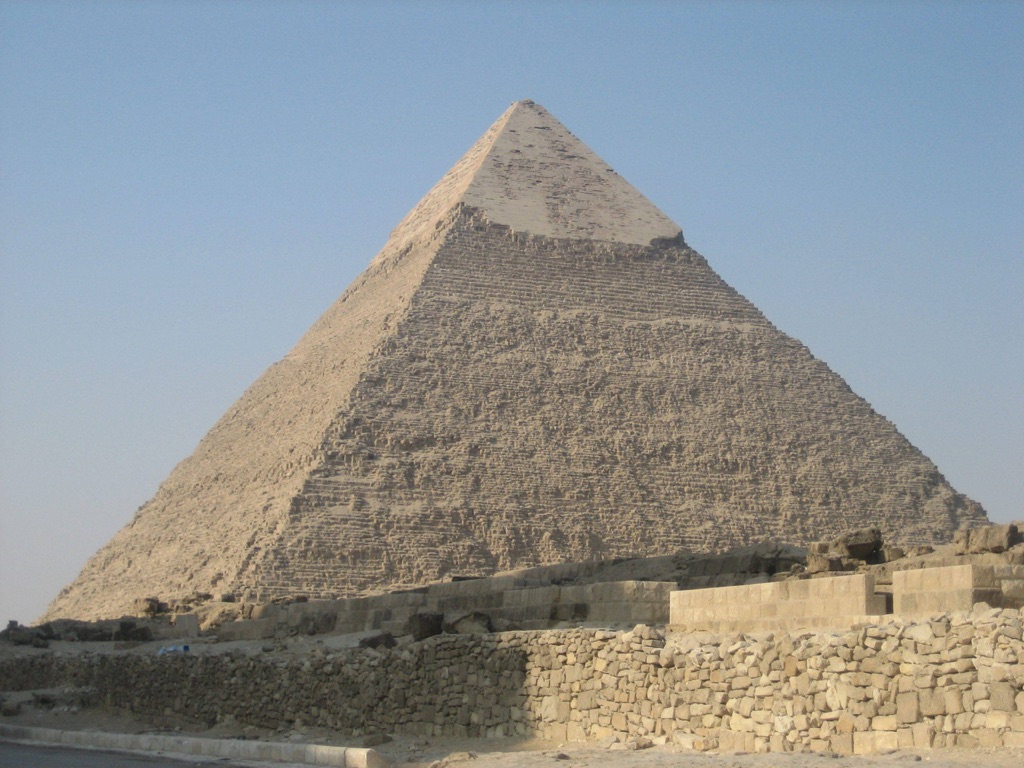
Historical Background
The Pyramid of Khafre was built during the reign of Pharaoh Khafre, who ruled Egypt during the 4th Dynasty of the Old Kingdom, around 2570 BC. This makes the pyramid over 4,500 years old. Khafre, also known as Chephren, was the son of Khufu, the pharaoh who commissioned the Great Pyramid of Giza, the largest of the three.
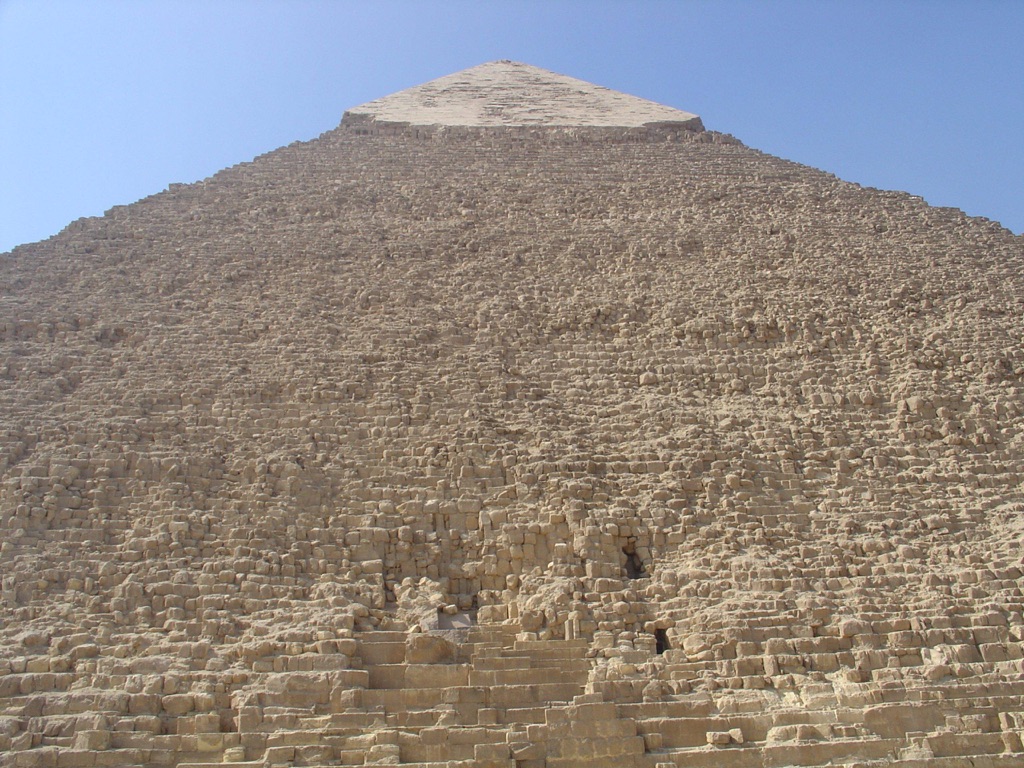
Architectural Highlights
The Pyramid of Khafre stands at an original height of 143.5 meters, slightly shorter than the Great Pyramid. However, its elevated location on the plateau and the preservation of the casing stones at its apex give it the illusion of being taller. The pyramid was constructed using limestone blocks, some weighing up to several tons. The core of the pyramid was built with blocks taken from local quarries, while the outer casing was made of fine white limestone from Tura, located on the eastern bank of the Nile.
The pyramid complex also includes the Great Sphinx, the Valley Temple, and the Mortuary Temple. The Valley Temple, made of red granite and limestone, is one of the best-preserved Old Kingdom temples. The Mortuary Temple, although now in ruins, was once a grand structure connected to the pyramid by a causeway.
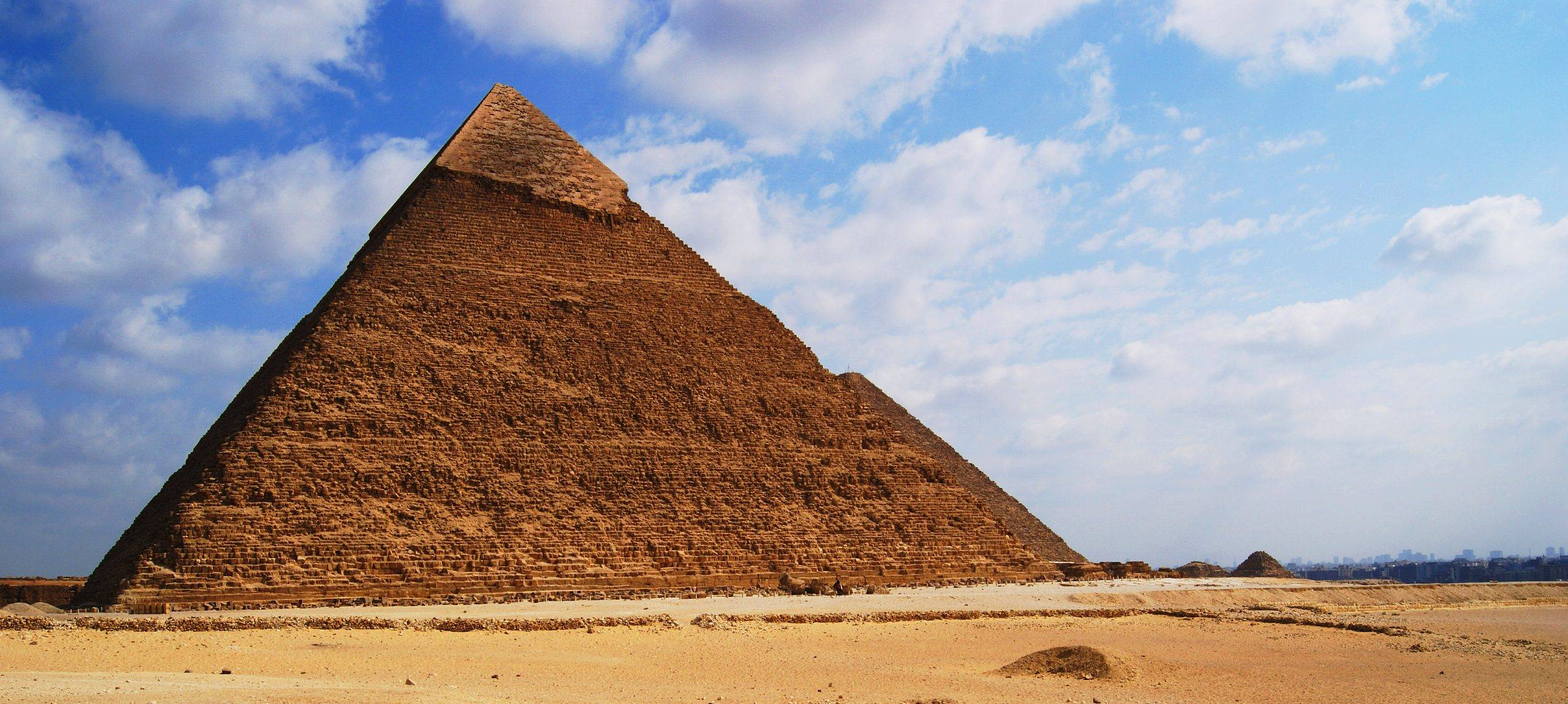
Theories and Interpretations
The Pyramid of Khafre, like other Egyptian pyramids, was built as a tomb for the pharaoh. Inside the pyramid, a burial chamber houses an empty granite sarcophagus, believed to have once contained the mummy of Khafre. However, no remains have ever been found.
The pyramid’s alignment, along with the other Giza pyramids, with the points of the compass has led to various theories. Some suggest that this alignment had astronomical or cosmological significance, possibly relating to the sun god Ra, whom the pharaohs were believed to become in death.
The dating of the pyramid is based on historical records and radiocarbon dating of organic materials found at the site. The construction methods, while still a subject of debate, are believed to have involved a large workforce and sophisticated tools and techniques for cutting and moving the massive stone blocks.
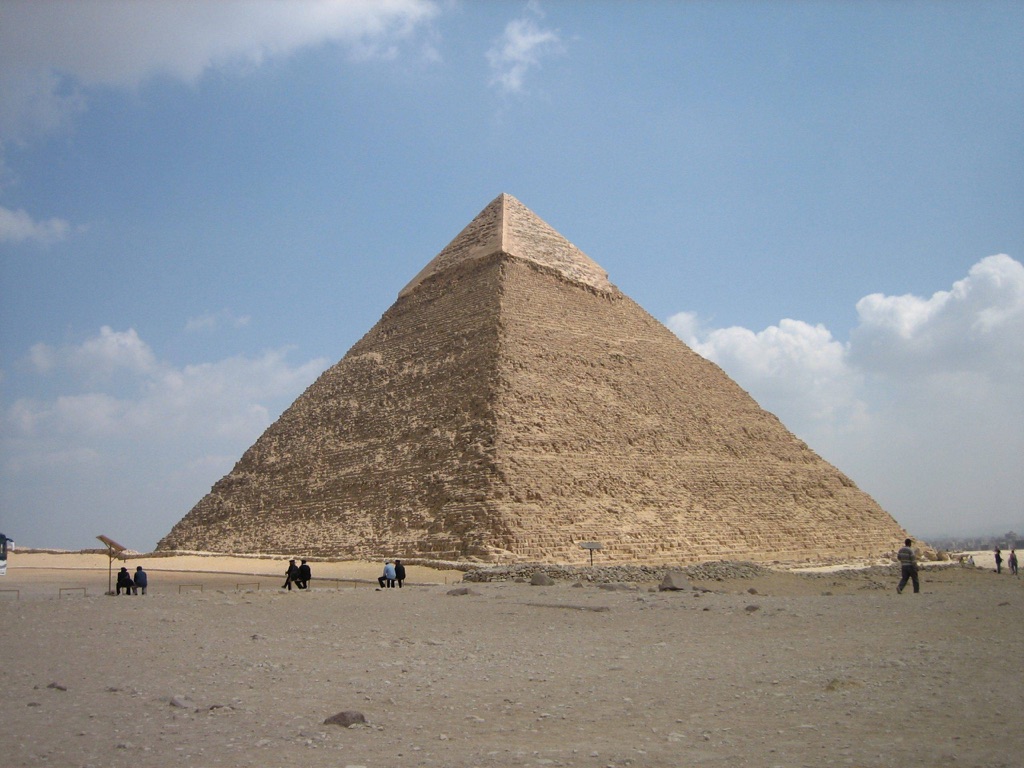
Good to know/Additional Information
Interestingly, the Pyramid of Khafre is the only one among the Giza pyramids to retain some of its original polished limestone casing at the top, giving us a glimpse of how these structures would have looked in their prime. The casing stones, when intact, would have made the pyramid shine brightly in the sun, making it a sight to behold.
Despite centuries of exploration, the Pyramid of Khafre continues to hold many secrets. Its complex architecture, the absence of inscriptions, and the missing mummy of Khafre all add to the enigma of this ancient monument. As we continue to study and explore, the Pyramid of Khafre remains a fascinating testament to the ingenuity and ambition of the ancient Egyptians.
